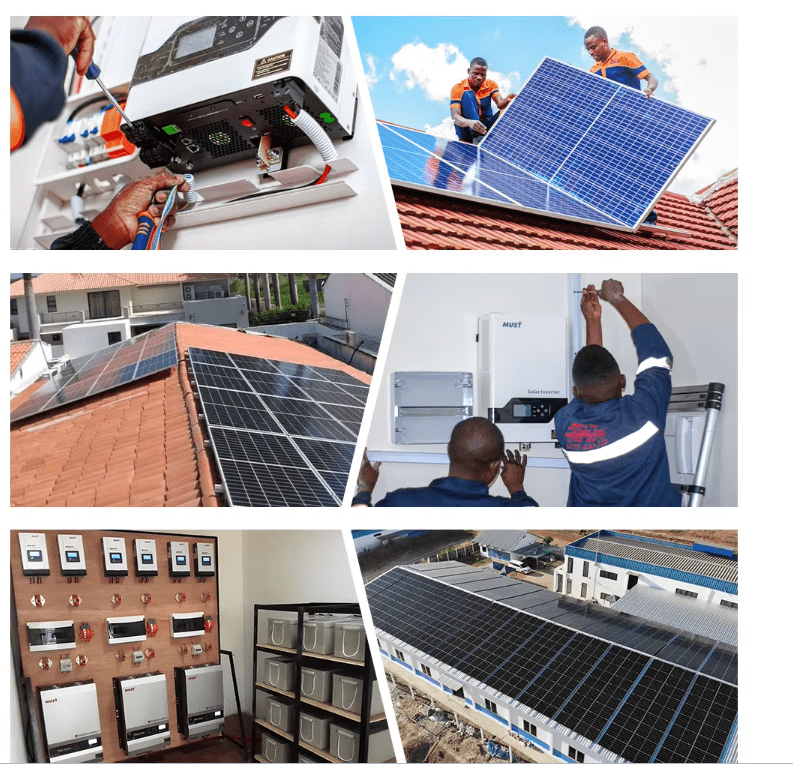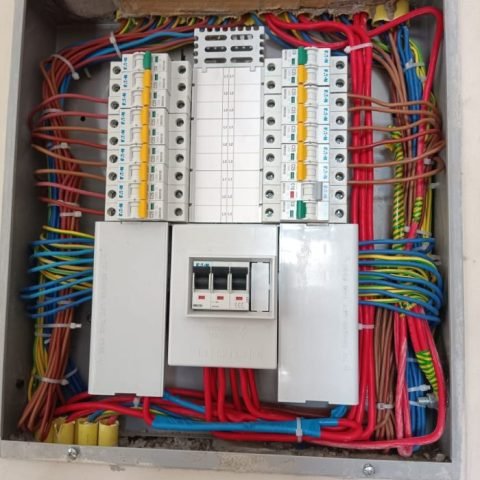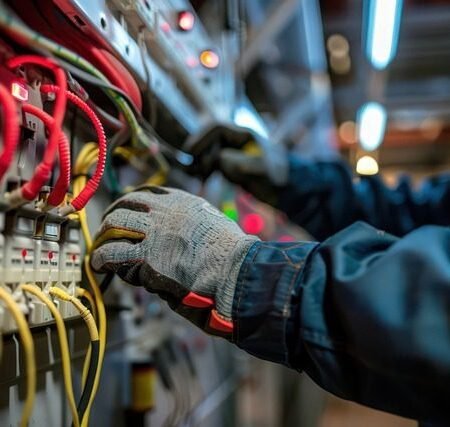The Rise of Solar Energy: Transforming Homes and Businesses with Sustainable Power

As the world shifts towards sustainable energy solutions, solar power has emerged as a game-changer in the renewable energy sector. The transition from traditional fossil fuels to clean, renewable sources is gaining momentum, driven by the increasing affordability and efficiency of solar photovoltaic (PV) systems. The images above showcase the seamless process of installing and utilizing solar energy systems, highlighting their growing impact on homes and businesses.
Harnessing the Power of the Sun
The installation of solar panels, as seen in the images, is a crucial step in embracing renewable energy. Skilled technicians carefully mount photovoltaic panels on rooftops, ensuring maximum sunlight exposure for optimal energy generation. This process is not only vital for energy efficiency but also for enhancing property value and reducing dependence on conventional grid power.
Key Components of a Solar Power System
A complete solar system comprises various essential components, each playing a vital role in energy conversion and storage:
- Solar Panels – The primary component that captures sunlight and converts it into electricity. As seen in the images, solar panels are installed on rooftops or large structures to maximize solar absorption.
- Inverters – These devices, like the ones being installed in the photos, convert direct current (DC) from solar panels into alternating current (AC), which powers electrical appliances.
- Battery Storage Systems – Modern solar installations include battery storage to store excess energy for use during cloudy days or nighttime, ensuring uninterrupted power supply.
- Control and Monitoring Systems – Advanced technology enables users to monitor power generation, consumption, and battery levels, optimizing system performance.
Benefits of Solar Energy
The adoption of solar power offers numerous advantages:
- Cost Savings – Solar panels significantly reduce electricity bills by generating free energy from the sun.
- Energy Independence – Households and businesses with solar installations are less reliant on grid power, providing security against power outages.
- Environmental Impact – Solar energy reduces carbon emissions, helping combat climate change and promoting a greener future.
- Scalability and Versatility – From residential homes to large commercial buildings, solar energy systems can be tailored to meet diverse energy needs.
Expanding Solar Adoption
The increasing adoption of solar energy, as illustrated in the images, is reshaping how communities generate and consume power. Large-scale installations on industrial buildings demonstrate the scalability of solar solutions, allowing businesses to cut costs while contributing to a sustainable planet.
With technological advancements, improved storage solutions, and government incentives promoting renewable energy, the future of solar power is brighter than ever. As more individuals and businesses invest in solar solutions, the world moves closer to a cleaner, more sustainable energy future.
Final Thoughts
Solar energy is no longer just an alternative—it is the future of power generation. The images depict a promising shift towards cleaner energy solutions, showcasing the expertise and dedication of professionals in the renewable energy sector. By embracing solar technology, we can create a world that is not only energy-efficient but also environmentally responsible.




























